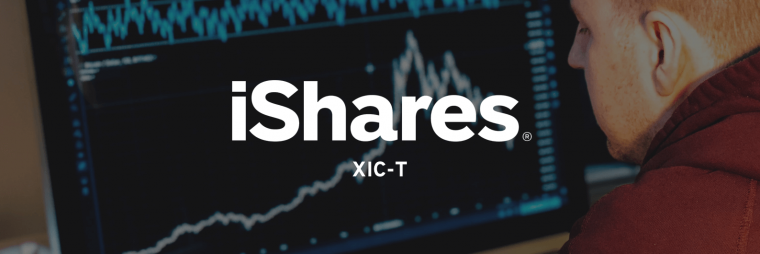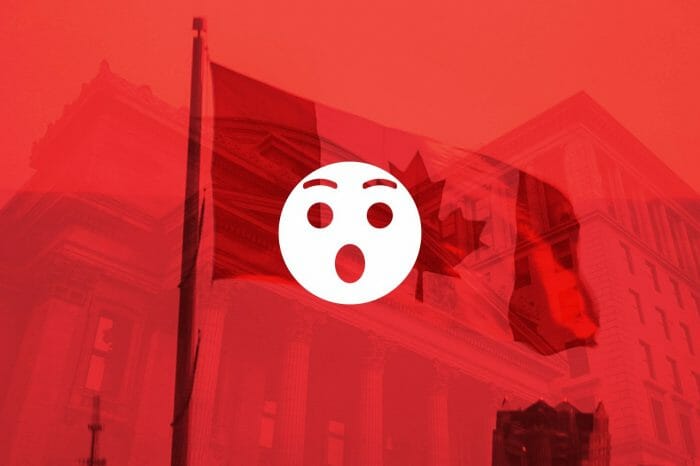Stocks to Buy on Weakness to Strengthen your Portfolio

Markets were jolted last week upon bad manufacturing data and geopolitical tensions. Though the indices turned positive to end the week, they still haven’t recovered from this pullback. Did you panic and sell? Did you hold? Or did you buy?
This article looks at the latter: buying on weakness (aka “dips” or “pullbacks”), a term that investment analysts commonly cite when they like a stock, but find too expensive at current PE’s and stock prices. It’s like buying supermarket specials—you load up when they’re cheap. But can you stomach the plunge, like last December? If you can, here are some ideas for your shopping list:
First of all, Visa and Mastercard are preferred stocks in the payments space. They outperform AmEx and boast better outlooks. Problem is, they remain stubbornly high, barely budging last week. AmEx, however, deserves some love when markets get turbulent. AmEx is like that middle child who gets lost in the family, but it boasts a far-lower PE at 14.15 than Visa (33.79) and Mastercard (42.28).
Bryden Teich and Ross Healy like it for these reasons. It also pays a comparable dividend of 1.52% that Stan Wong expects to rise 8%. True, it has lagged its peers in year-to-date performance, at 20% compared to 32% for Visa and a whopping 44% for Mastercard. AmEx is currently down by $15 from its 52-week high of $129.34, which Healy warns is a level of resistance.
This insurer is another stubborn stock that keeps rising. It currently sits at 52-week highs, just shy of $135 and hasn’t dipped below $100 since last December’s market nosedive.
Gavin Graham recommends Intact for outperforming its peers by 6%, while Brian Madden calls it a growth story with a lower payout ratio than the sector. He distinguishes it from other Canadian lifecos, because it is the leading P&C (property and casualty) insurer. Javed Mirza recommends buying Intact at $120. Until then, you can collect a 2.27% dividend.
All the Brookfield stocks are highly regarded, but this is one gets the most love. It’s a must-own for its real estate holdings, advises Bruce Murray, who would buy it $65. Barry Schwartz sees low interest rates, negative yields and weak economic growth as tailwinds. BAM closed last Friday at $68.30, after climbing back from $66.84 a few days earlier.
Hap Sneddon suggests taking a half-position in BAM and possibly buying more when BAM sinks lower; BAM has been a fine long-term hold for him, guided by strong management. Pays a 1.25% dividend.
Restaurant Brands International

The fast-food giant pulled back slightly in the latter half of September to $92.33. It weathered last week’s volatility fairly well and closed last week at $95.29. Tech analyst Javed Mirza expects more choppiness and would buy if this fell to $90, a level that QSR hasn’t seen since the end of April.
Robert McWhirter projects 30% upside, based on 45% ROE growth in 2020 and cash flow increasing 50%. Stan Wong also sees strong growth and recommends buying QSR on dips. Pays a 2.83% dividend.
iShares S&P/TSX Capped Composite ETF

If you have limited funds or don’t want to play a particular sector or stock, then consider this old, reliable ETF that tracks the TSX. It pays a 2.88% dividend yield and charges only six basis points. That’s right, a 0.06% MER. If you had played the last pullback and bought XIC on Christmas Eve 2018, then sold it on Sept. 20, you would have banked a 27% profit (keeping all your gains if you held it in a TFSA).
John DeGoey likes XIC for its broad diversification, holding small caps in addition to mid and large. David Cockfield plays the Canadian banks through XIC.
How to pick more stocks to buy on weakness?
Past picks are a very good money maker, especially when the stock is down 10% to 40% and the stock expert is still holding the stock. On Stockchase, watch for Past Top Picks comments. Try to identify stocks that are down 10%-40% but that experts keep in their portfolio. You can easily identify such stocks if you are subscribed to Stockchase Premium. Get more details here.







